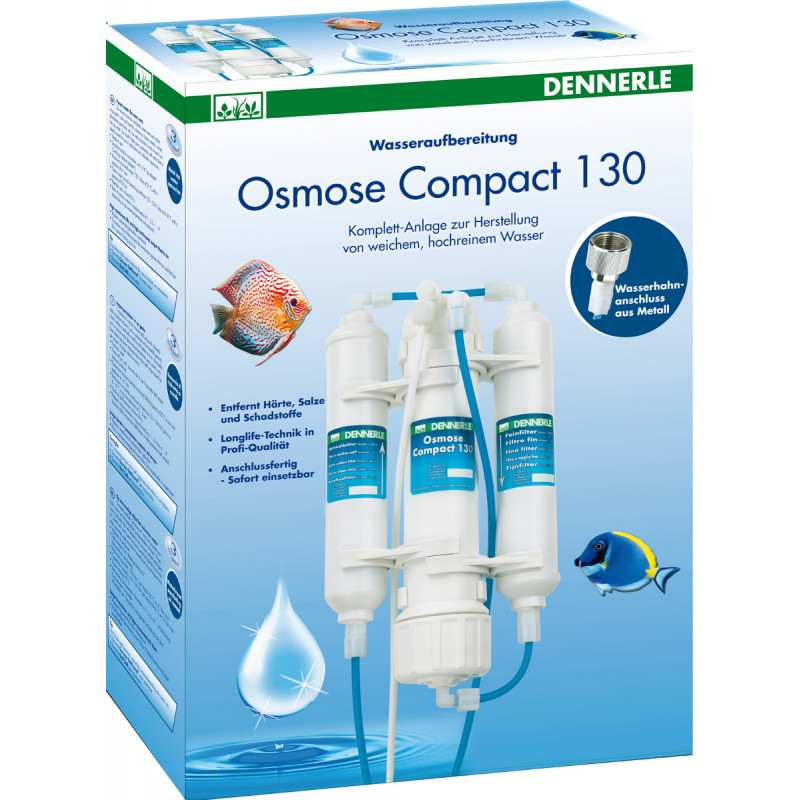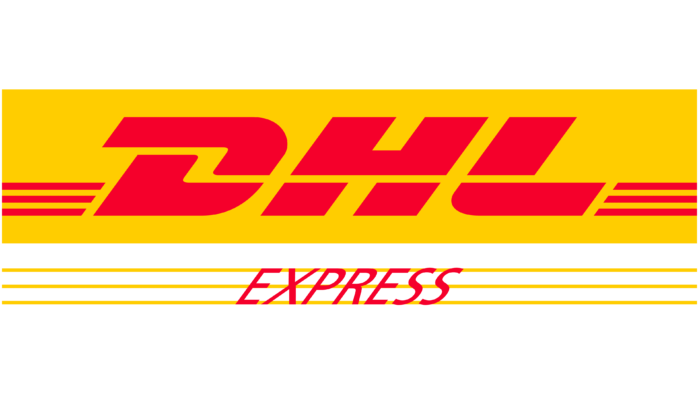

Beaucoup de choix, personnel très sympathique et très disponible et très beau show room.
J ai effectué chez eux mon projet de A à Z. Je voudrais remercier toute l'équipe de swiss Aqua Shop pour leur disponibilité et leur professionnalisme. Un grand merci également à Jonathan pour tous ses précieux conseils durant l'élaboration de mon projet :)
top ! j y achète mes produits pour ma baignade naturelle. ils sont très pointus, très intéressés et vous conseillent de façon hyper optimale. peux très compétitifs. je recommande sans réserve
Le staff est tres patient et sympa, beaucoup de passion dans leur conseil !

Delivery policy
Return policy
 Free delivery from 90 CHF *
Free delivery from 90 CHF *
Except Aquarium, sands and rocks or bulky object
Dennerlé Osmose Compact 130
Maximum output:
130 l per day at 25 °C and pressure of 4 bar
Output under normal operating conditions:
70-120 l per day at 10-15 °C and pressure of 3-6 bar
Retention rate: At least 95 %
Supplied ready for connection, incl. 3/4" tap adapter ("washing machine adapter")
Simple to us
Simplicity itself to use:
Connect hose to tap
Turn tap slowly on
The white hose supplies soft, high-purity osmosis water
The hardened, impure residual water from the blue hose is drained off
TIP
For species-appropriate, natural water conditioning we recommend:
• Dennerle Osmose ReMineral+ for freshwater
• Nano Marinus Reef Salt for saltwater
Conditioning tap water may become necessary for several reasons. It may be too hard or too soft, or it may contain too many pollutants.
If the water is too soft, conditioning is easy: Just add the right amount of one of the re-mineralizing preparations presented here, and — presto, your
water has the correct parameters. If the water is too hard you‘ll need a reverse osmosis system, or RO system.
This is how it works: The pressure of the tap water presses the tiny water molecules through a micro membrane. The residual water retains all the
other substances dissolved in the water: hardness builders, pollutants and other molecules. The RO water either is mixed with tap water until the
desired parameters are reached, or it is optimized for aquarium use with remineralizing salts.
Tip: You can use residual water for watering or fertilizing your flowers, for example.
WHY IS REVERSE OSMOSIS CALLED REVERSED OSMOSIS?
Osmosis is the term for the phenomenon that two liquids will always tend to equalize their concentration of ions through diffusion. If you separate two liquid with different ion concentrations with a membrane that only lets through water molecules (semipermeable), the water will always go from the lower concentration to the higher concentration. By using normal tap water pressure you can reverse this process — that‘s where the name
„reverse osmosis“ comes from. Usually people use the abbreviation RO instead of „reverse osmosis“, as in „RO water“.
Use collapsible tabs for more detailed information that will help customers make a purchasing decision.
Ex: Shipping and return policies, size guides, and other common questions.